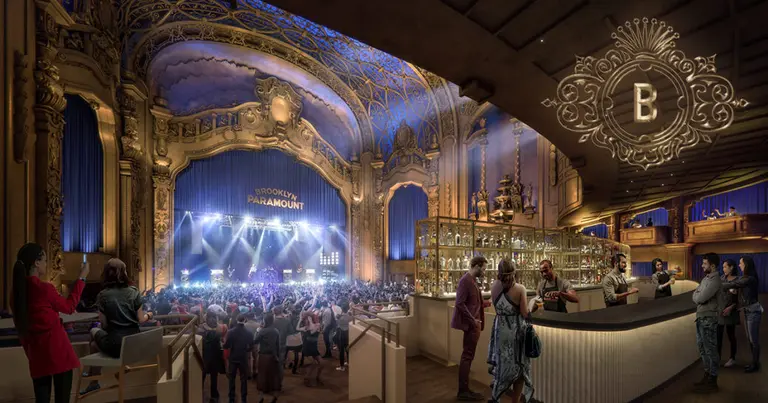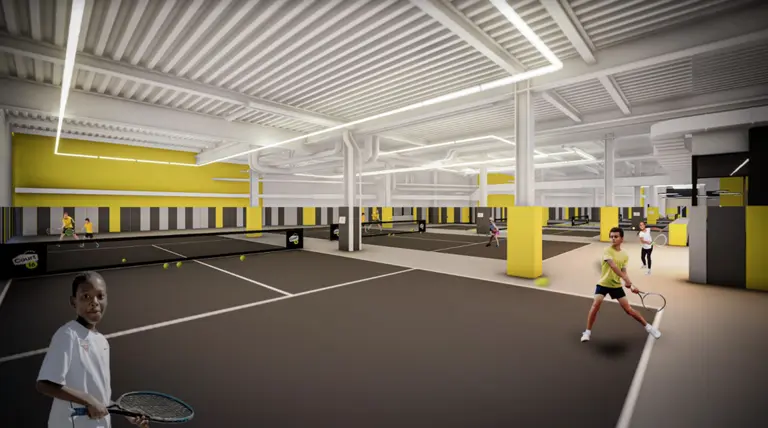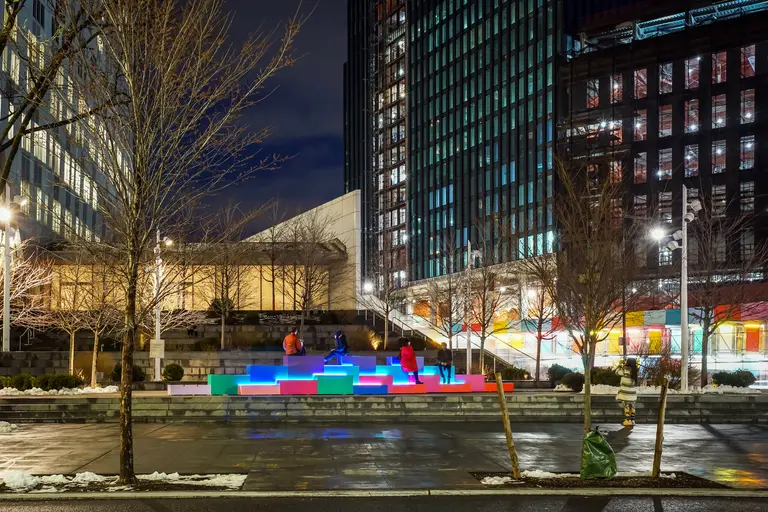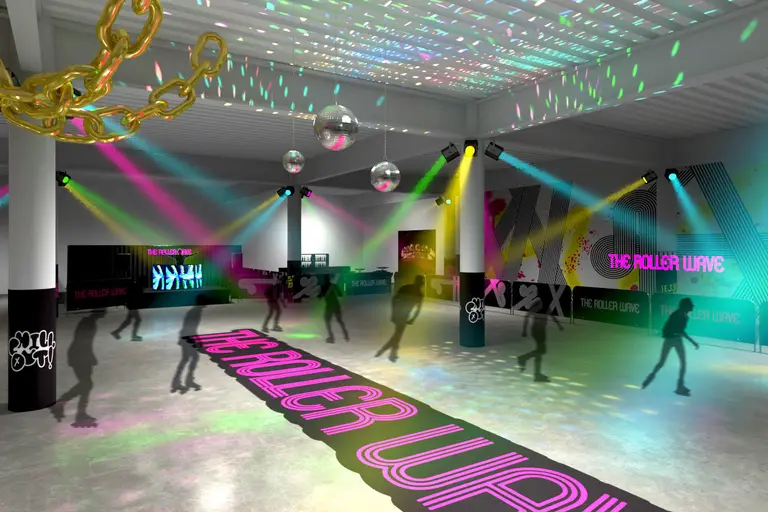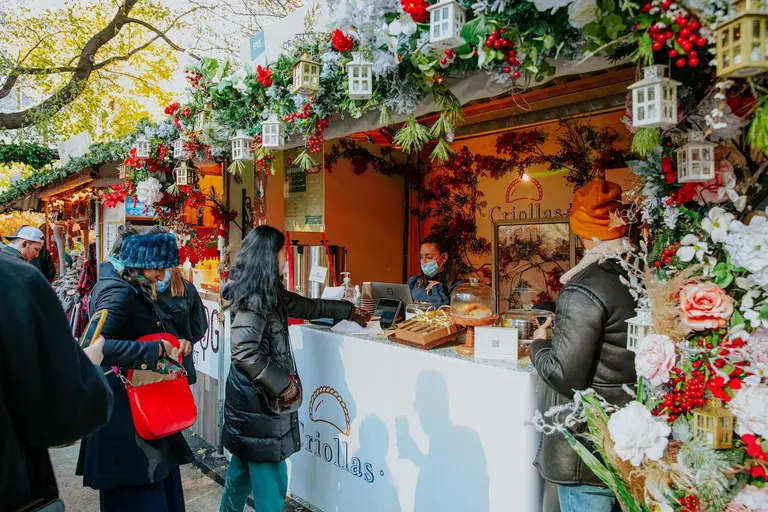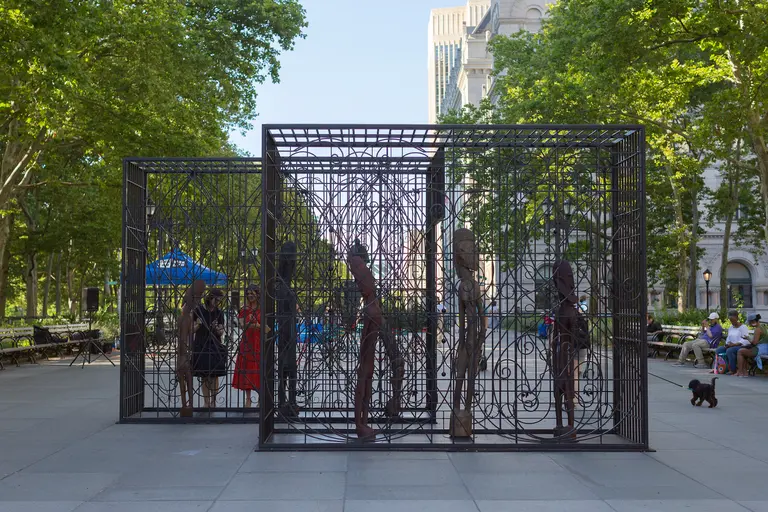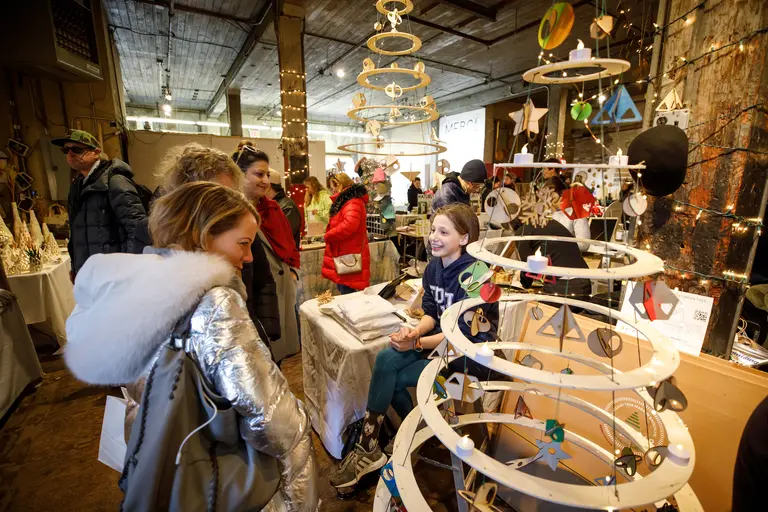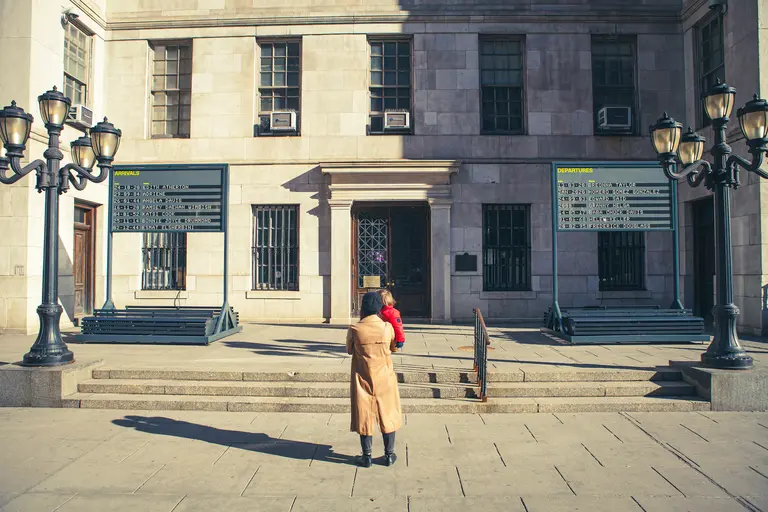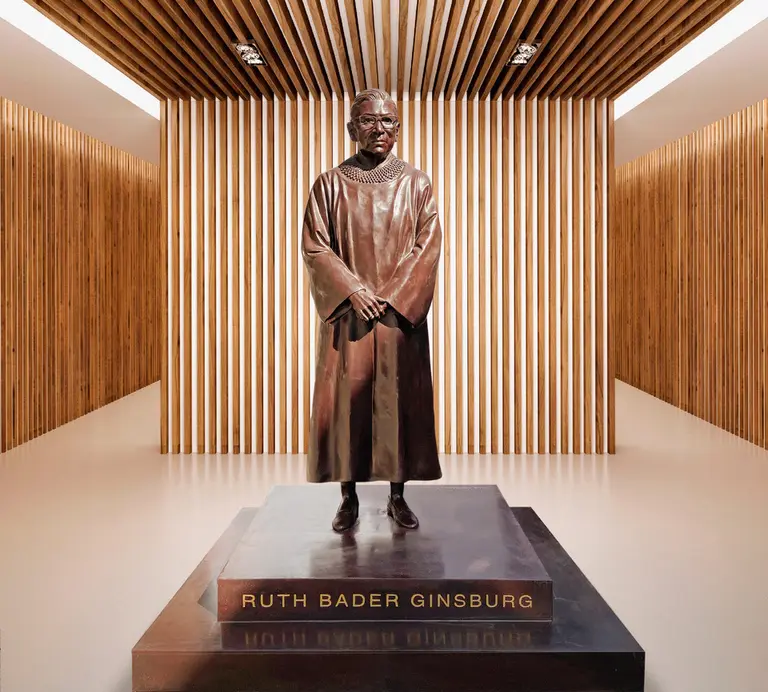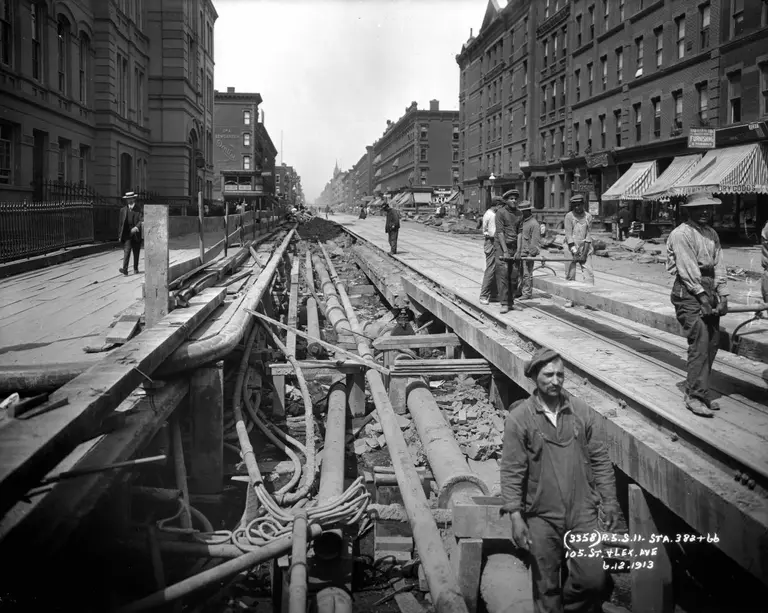Plans for abolitionist memorial in Downtown Brooklyn park delayed again
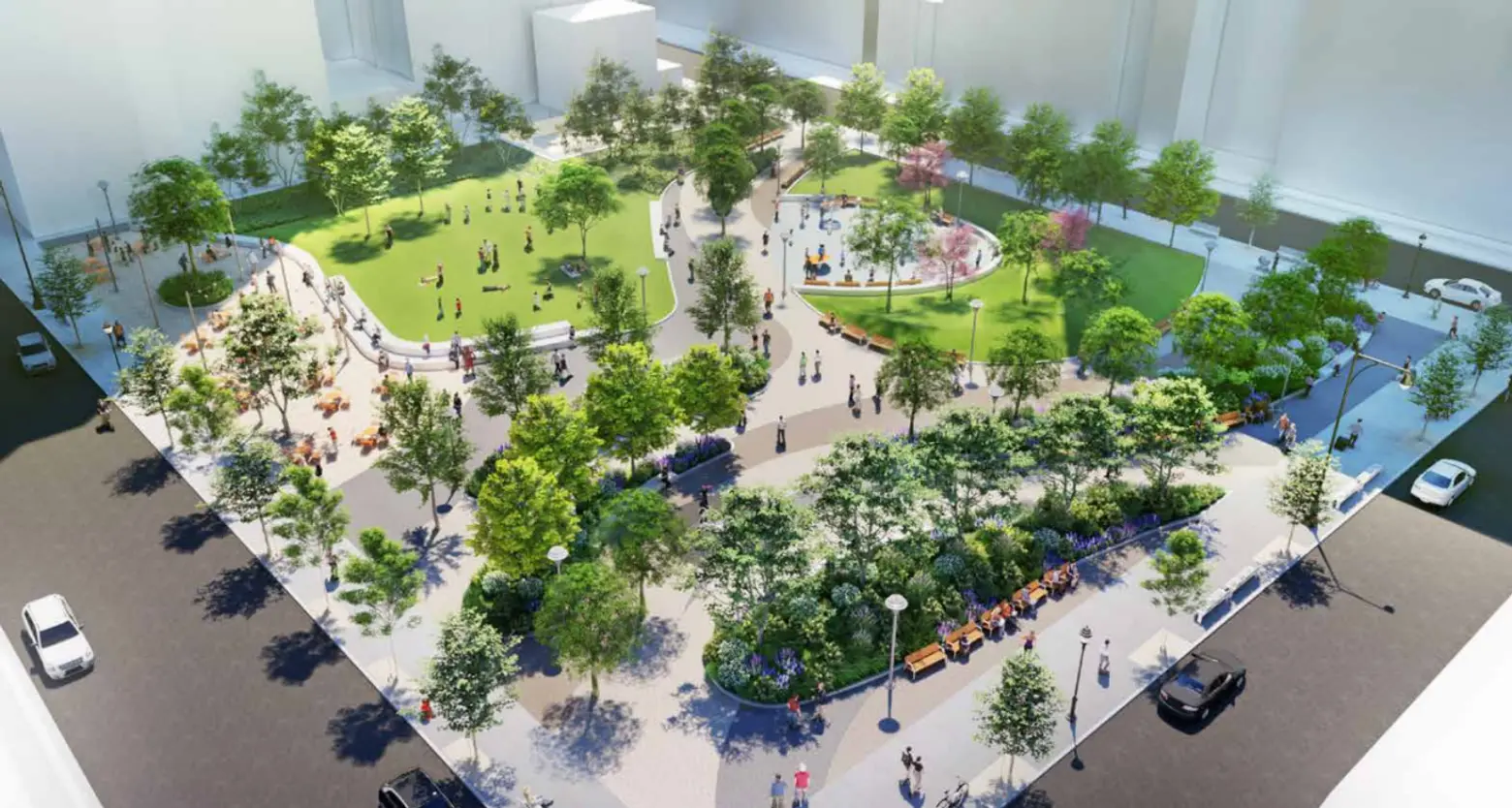
Renderings by Hargreaves Jones, courtesy of NYCEDC
After being in the works for nearly two decades, plans to build a public park in Downtown Brooklyn with a memorial to the neighborhood’s abolitionist history are delayed once again. The Public Design Commission last week tabled a conceptual proposal from artist Kameelah Janan Rasheed after preservationists and community members during an intense public hearing criticized both the design for missing details and the city’s lack of transparency.
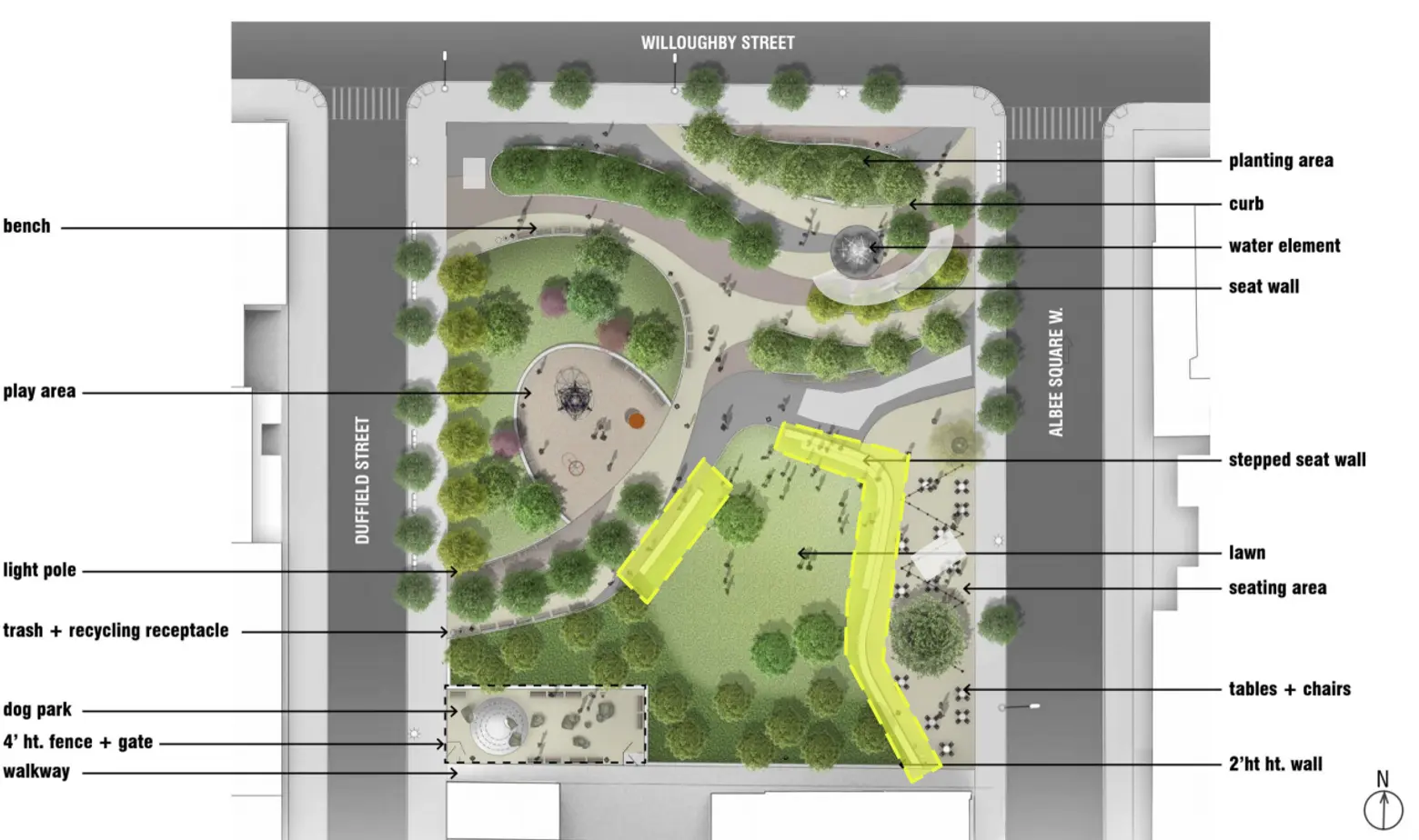
Conceptual proposal for the art installation; Courtesy of the Public Design Commission
“We are not going to give approval until this process has moved further along,” Signe Nielsen, the commissioner of PDC, said during the meeting last Tuesday. “I think we’d like to table the proposition so there’s greater opportunity for the artist to hear voices that have not been heard.”
In September 2019, the city’s Economic Development Corporation selected five possible design concepts for the installation, reviewed the concepts last February, and earlier this month announced that Rasheed would design the memorial in Willoughby Square Park, which sits next to 227 Duffield Street. The Duffield property was home to known abolitionists and is thought to have been a stop on the Underground Railroad. The Landmarks Preservation Commission is now considering landmarking the home.
While the text-based installation is currently in an early conceptual phase, the artist presented a proposal last week that calls for pavement engravings and placards that focus on the abolitionist movement and interpreting this history moving forward.
As Rasheed explained during her presentation to the commission, her proposal is not meant to represent all abolitionist history, but instead, offer “one organism in a larger ecosystem of projects” about abolition. Her design incorporates elements that are reminiscent of Black vernacular architecture, like porches and stoops, meant to represent places of gathering and resting.
Advocates have criticized the conceptual design for not including enough concrete memorialization of historical figures and events related to abolition.
“The word ‘abolition’ is nowhere in this presentation, and there is no detail about how the artist would engage historians to ensure that any public art does justice to the research on this topic,” reads a letter to the commission from a number of local advocates.
“The very fact that the proposal envisions an expedited ‘virtual’ process to review possible textual ‘questions’ during COVID-19 reveals that this public artwork is being rushed to meet NYCEDC’s timetable. This plan would not give any artist time to do this complicated topic justice with expert advice.”
Even the city’s plan to build a dog park at the site was met with backlash from the public. “You’d literally be having dog pee going where there were tunnels under abolitionists’ home,” Raul Rothblatt, a Brooklyn activist, said during the hearing.
A Change.org petition launched this week called “No Dog Pee on Abolitionist Underground Tunnels” has garnered 36 signatures. “Instead of honoring this history, their newest design proposal would lay dog feces on sacred land,” as the petition reads.
Plans to build the park were first envisioned by former Mayor Michael Bloomberg’s administration as part of the 2004 upzoning of Downtown Brooklyn. Previous designs called for a new park on top of a high-tech parking facility on Willoughby Street. But after the developer failed to secure funding, the city abandoned the project. The EDC later announced the agency’s capital division would take on the work without a private partner and said it would also ditch the underground parking proposal.
Designed by Hargreaves Jones Landscape Architecture, the latest proposal for the park includes lawn space, a promenade, seating, and the dog park. The art installation at the park is part of the “In Pursuit of Freedom” initiative, led by the Brooklyn Historical Society, Weeksville Heritage Center, and Irondale Ensemble Project.
During the public hearing on Tuesday, Neilsen said the commission supports Rasheed’s vision for the installation and encouraged her, along with the city, to engage with the community to gather more feedback.
RELATED:
- Community board wants to rename Willoughby Square Park to honor area’s abolitionist ties
- Updated design revealed for long-awaited Willoughby Square Park in Downtown Brooklyn
- City revives Downtown Brooklyn’s Willoughby Square Park project
Editor’s note: An earlier version of this post had the incorrect timeline for the city’s selection of Rasheed as the artist. The Economic Development Corporation selected five possible design concepts for the installation in September 2019, not February 2020.

